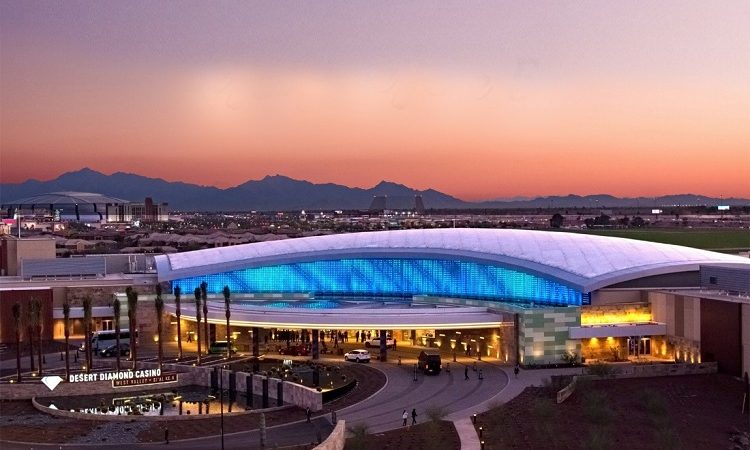When Rain and Snow Collide: The Science and Beauty of Mixed Precipitation

Rain and snow are two distinct forms of precipitation that have captured the imagination of poets, artists, and meteorologists alike. Yet, there are moments when nature blurs the line between these two atmospheric wonders, creating a mesmerizing and unique meteorological phenomenon – rain and snow mixed. This article explores the science, causes, and the charm of this unusual weather event.
Understanding Mixed Precipitation
Rain and snow mixed, often referred to as “sleet,” occurs when raindrops, which are liquid water, come into contact with freezing air temperatures close to or at the Earth’s surface. The result is a fascinating blend of rain and snow, sometimes creating a wintery mix of slush, ice pellets, or even freezing rain.
What sets this phenomenon apart from pure rain or snow is the temperature gradient within the atmosphere. Rain typically forms when the air is above freezing at all altitudes from the clouds to the ground. Snow, on the other hand, crystallizes when the entire column of air is below freezing. Mixed precipitation forms when the air temperature fluctuates, allowing the coexistence of both rain and snow particles.
The Science Behind Mixed Precipitation
To appreciate the science behind rain and snow mixed, one must first understand the basics of precipitation formation. Precipitation, in its many forms, begins when moisture in the atmosphere condenses into water droplets or ice crystals within clouds. These particles continue to grow in size and eventually fall to the Earth’s surface.
Raindrops, composed of liquid water, require temperatures above the freezing point, usually around 32°F (0°C), throughout their descent. Snowflakes, on the other hand, are ice crystals that form when temperatures are consistently below freezing. When raindrops and snowflakes coexist within the same cloud, and temperatures near the surface are close to freezing, you get a mix of both.
Several conditions can lead to mixed precipitation:
- Temperature Inversion: A temperature inversion occurs when a layer of warmer air sits above a layer of cooler air near the ground. When precipitation falls through the colder layer, it may freeze, leading to mixed precipitation.
- Freezing Rain: In freezing rain, raindrops fall from the sky and freeze upon contact with surfaces that are at or below freezing. This can create icy conditions and is different from the mixed precipitation we’re discussing here, but it is worth mentioning as it also results from the interaction between liquid rain and cold temperatures.
- Wet-Bulb Temperature: The wet-bulb temperature is a measure of the cooling effect that evaporation has on a thermometer. When the wet-bulb temperature is below freezing, raindrops may freeze before reaching the ground, causing a mixture of rain and snow.
The Beauty of Mixed Precipitation
Mixed precipitation is a mesmerizing meteorological event, both in terms of its visual beauty and its impact on the environment. Here are some aspects that make it unique:
- Visual Appeal: The sight of raindrops and snowflakes coexisting creates a picturesque scene. Tiny ice pellets may glisten in the air, producing an almost magical effect. This can be especially enchanting when observed against the backdrop of winter landscapes.
- Snow Pellets: Mixed precipitation often results in the formation of tiny, round ice pellets known as “graupel.” Graupel can accumulate quickly, making the ground appear as though it’s dusted with miniature snowballs.
- Sound and Texture: The auditory experience of mixed precipitation is distinct as well. Ice pellets hitting surfaces can produce a tinkling, crackling sound that sets it apart from the gentle tapping of rain or the soft rustling of snowflakes.
- Unique Weather Patterns: Mixed precipitation can be a challenging phenomenon for meteorologists to predict and understand. It often occurs in transitional weather patterns, making it a dynamic and fascinating subject for study.
Impacts of Mixed Precipitation
While mixed precipitation has its charm, it can also have significant impacts on various aspects of daily life. Some of the notable consequences include:
- Hazardous Driving Conditions: Roads and walkways can become treacherous when ice pellets or freezing rain accumulate. This leads to slippery surfaces and increases the risk of accidents.
- Power Outages: The weight of ice accumulation on power lines and trees can result in power outages, especially when mixed precipitation is heavy and persistent.
- Travel Delays: Airports and transportation systems may experience delays or cancellations due to the challenges posed by mixed precipitation. De-icing processes are often necessary to ensure the safety of passengers.
- Agricultural Impacts: Mixed precipitation can be detrimental to crops, especially when it occurs during the growing season. The ice pellets can damage plants and reduce yields.
Conclusion
Rain and snow mixed, a unique meteorological event, blurs the boundaries between liquid and solid precipitation, creating a captivating blend of nature’s wonders. Understanding the science behind this phenomenon helps us appreciate its beauty and complexity, even though it can also present challenges and hazards. The next time you witness rain and snow mixed, take a moment to marvel at the intricate dance of nature, and be mindful of the impacts it may have on our daily lives.






